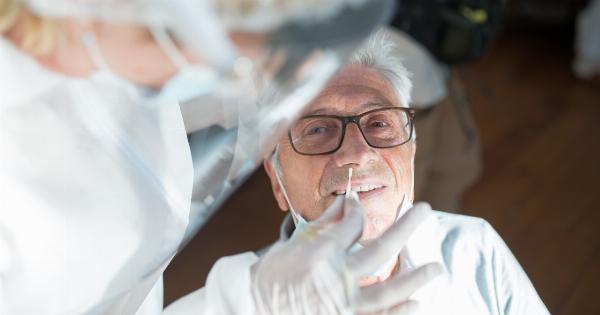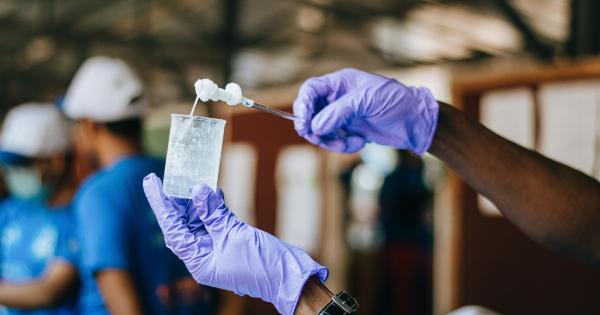Deer are fascinating animals that are admired by many. They are majestic creatures that possess a certain grace and beauty in their movements.
Their antlers alone are a wonder to behold, but what about their bones? The bones of the deer are just as impressive as any other part of this amazing animal.
The Anatomy of Deer Bones
The bones of deer, like any other animal, play an important role in supporting their body structure and movements. Deer bones can be segmented into three types: long bones, short bones, and irregular bones.
Long bones are, as the name suggests, long and slender. These bones consist of a long shaft or diaphysis, which grows bone tissue in a process known as ossification.
The ends of long bones are made up of spongy bone, which contains spaces filled with marrow. The most prominent long bone in the deer is the femur, which is a remarkably strong bone that allows for quick and agile movements.
Short bones, on the other hand, are roughly equal in length and width, and function more like a pivot point in the animal’s movement. Irregular bones, as the name suggests, are bones that do not fit into either of the prior two categories and do not have a uniform shape.
The Role of Deer Bones in Antler Growth
One of the most fascinating aspects of deer bones is their role in antler growth. Antlers are bony structures that grow on the heads of deer, usually only in males. Antlers are unique to the deer family, and they are largely made of bone.
Antlers grow out of bony knobs known as pedicles, which are attached to the deer’s skull. Every year, deer shed their antlers and then grow new ones.
The antlers are composed of bone, cartilage, and velvet. The velvet is a covering that supplies blood and nutrients to the growing antlers. Once the antlers have matured, the velvet falls off, and the antlers harden.
During this hardening process, the antlers are made up mostly of bone tissue. The bones in the antlers are similar to those in other deer bones but are much denser and larger. Antlers grow quickly, and the bones in antlers have a much faster rate of bone deposition and resorption than other deer bones.
This high rate of regeneration is one of the reasons that antlers are so impressive.
The Use of Deer Bones in Traditional Medicine
Deer bones have long been used in traditional medicines. In Asian countries such as China, deer bones have been used for many centuries to treat various ailments, such as arthritis, back pain, and kidney disease.
The bones are believed to contain high levels of calcium and other minerals that have healing properties. Today, modern research has shown that deer bones contain cartilage cells that help to build healthy bones and may have anti-inflammatory properties.
Selecting High-Quality Deer Bones
If you are looking to purchase deer bones for any reason, it is essential to select high-quality bones. You can identify high-quality deer bones by looking for bones that are relatively clean, free of damage, and devoid of any bad smells.
You should select bones that are dense, heavy, and have a relatively low-fat content. If you plan to use the bones for any specific purpose, ensure they are the correct type.
Conclusion
Deer bones play a vital role in the structure and movement of deer, and they are also used in traditional medicines for their healing properties.
The bones in antlers are particularly impressive and grow at a remarkable rate, creating the iconic symbols of the magnificent creatures deer are, and respected for. If you are considering buying high-quality deer bones, ensure they are clean, free of damage, and have a low-fat content.





























